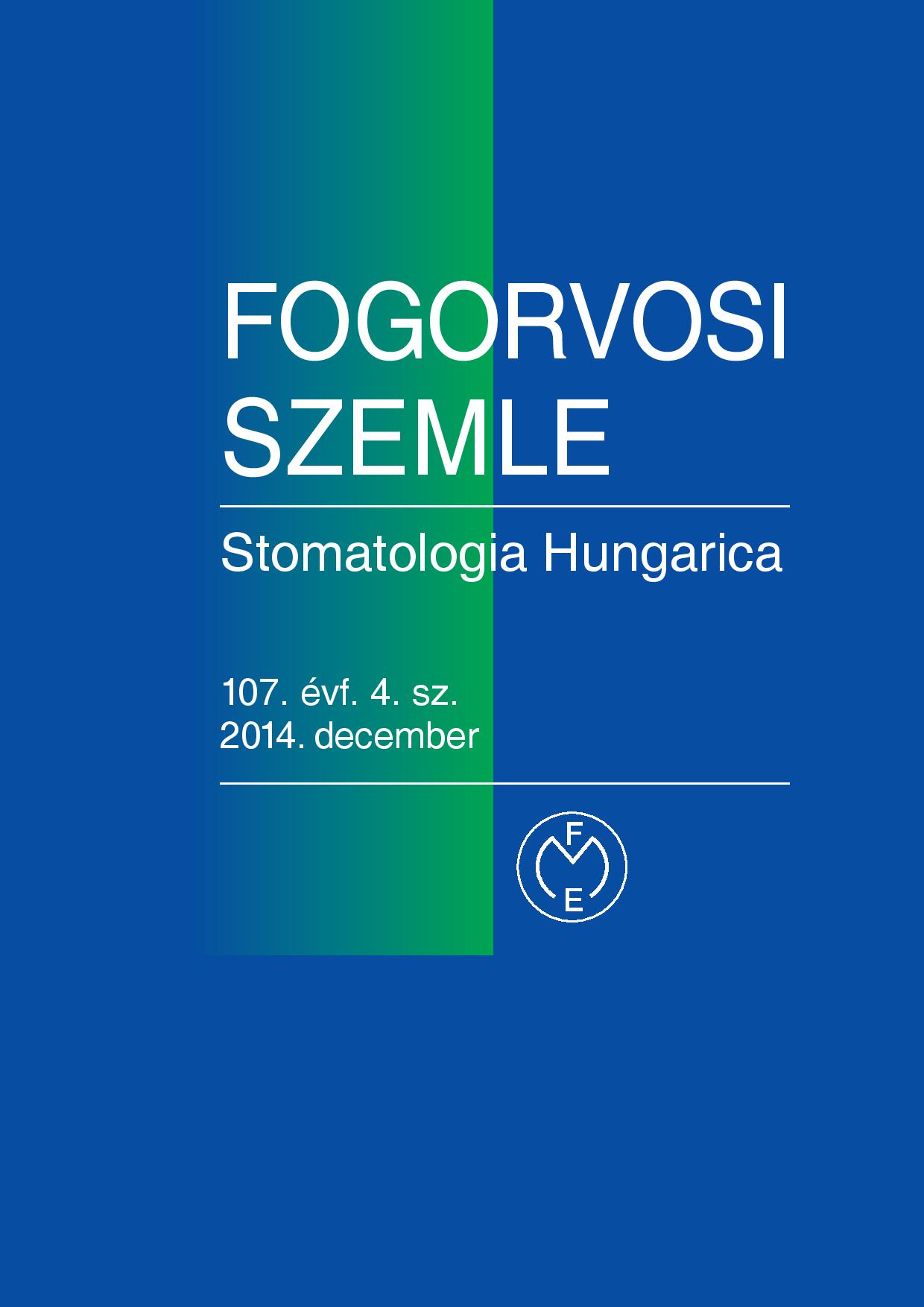Study of dental trauma management knowledge in two South-Hungarian cities.
Abstract
The aim of the study was to evaluate the knowledge of dental trauma management in the southern part of Hungary among parents, teachers, medical doctors and dentists. A cross-sectional study was performed among the mentioned groups, with a structured questionnaire aire – questionnaire. The participants consisted of 275 people, most of them were parents (185), the other groups were smaller (30–30). The 73,62% of parents recognised that the maxillary incisor of a 9-year-old girl is probably a permanent tooth. In case of the coronal fracture of this tooth 65,03% responded correctly. The correct response rate for the management of an avulsed tooth was only 39,26%, but in case of lost of consciousness
92,64% would act correctly. The Chi-square test indicated that there was a significant association between the correct recognition of the type of the incisor and the higher education (p<0,01), and the number of seen TDIs. The 76,7% of the parents was not satisfied with his knowledge about TDIs, and 74,9% was interested in more information. In our study the parents performed generally better compared to other studies, but compared to the other three groups their results were worse. The knowledge of the teachers and the doctors was almost equivalent. The dentist had the best results. The level of
the knowledge of dental trauma management was inadequate among parents, but the teachers and doctors should improve their knowledge too. We suggest that it’s necessary to start educational campaigns among groups that could be the primary caregivers of traumatic dental injuries.
Copyright (c) 2021 Authors

This work is licensed under a Creative Commons Attribution 4.0 International License.


.png)




1.png)



